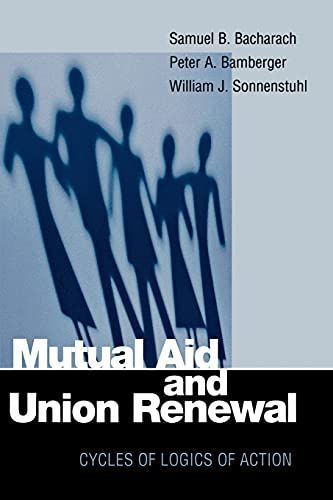
Mutual Aid and Union Renewal Cycles of Logics of Action
The ongoing decline in union membership is generally attributed to an increasingly hostile economic, legal, and managerial environment. Samuel B. Bacharach, Peter A. Bamberger, and William J. Sonnenstuhl argue that the decline may have more to do with a crisis of union legitimacy and member commitment. They further suggest that both problems could be addressed if the unions return to their nineteenth-century, mutual aid-based roots. The authors contend that the labor movement is characterized by two models of union-member relations: the mutual aid logic and the servicing logic. The first predominated in the early days and encouraged a sense of community among members who worked to support one another. In the twentieth century, it was largely replaced by the servicing model, which asks little of members, who remain loyal only if their leaders deliver increasing wages and benefits. Regaining legitimacy and strengthening member commitment can only happen, the authors claim, if mutual aid logic is allowed to return. They examine three unions in the transportation industry to judge the effectiveness of new programs created after the old model.